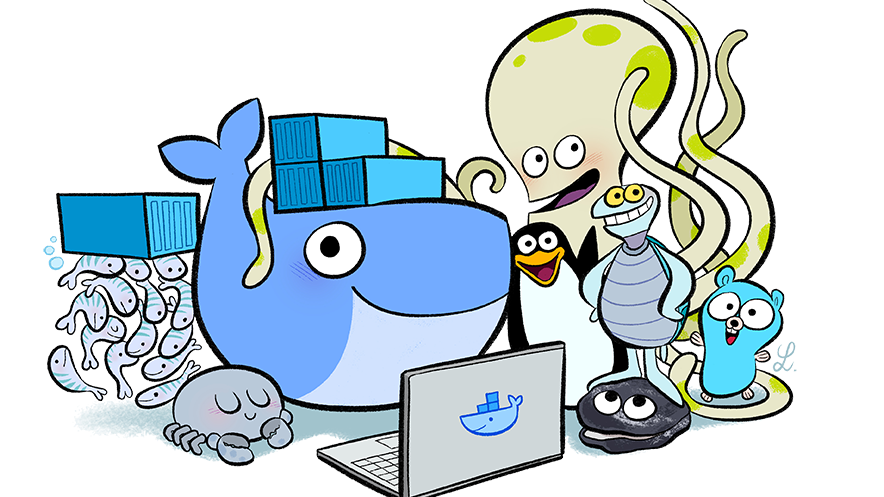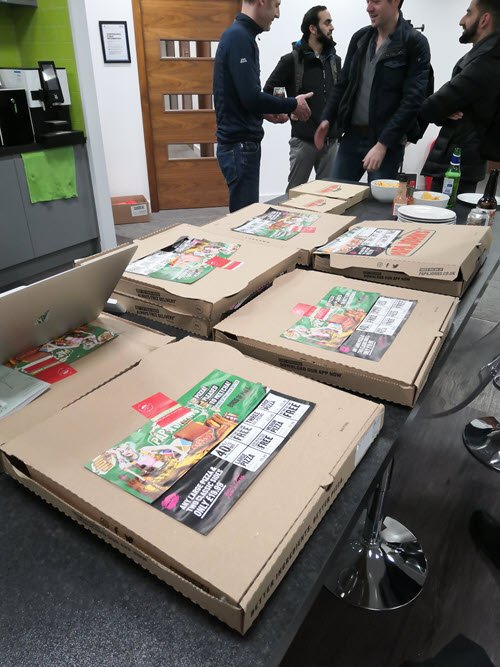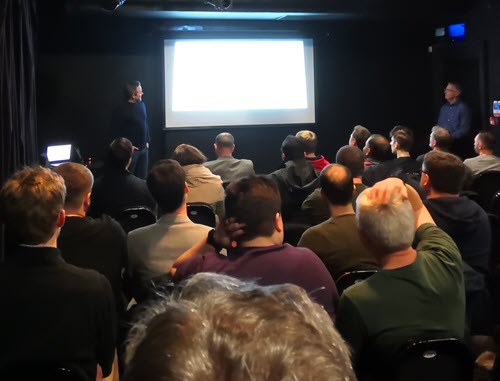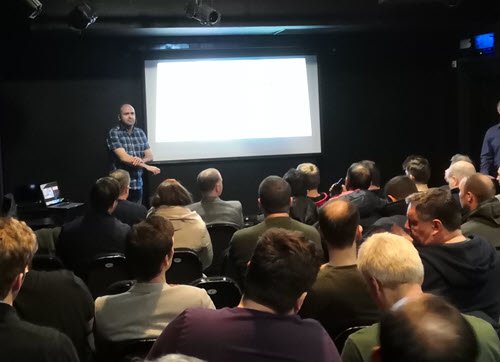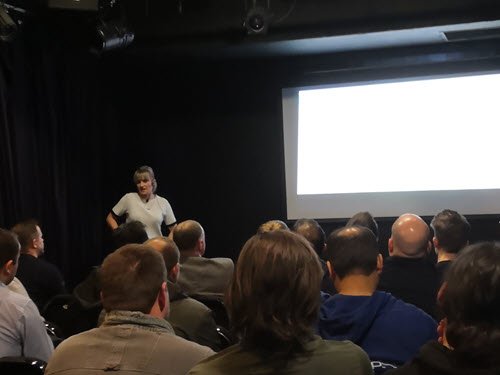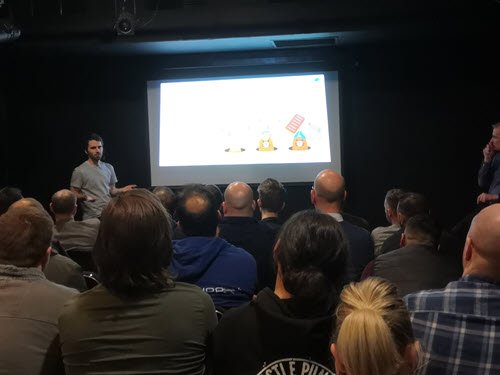I’ve talked a lot about Docker and containers over the last few years. With respect to the Oracle database on Docker, I’ve given my opinions in this article.
Over the weekend Sean Scott tweeted the following.
“A while back @oraclebase said Data Guard didn’t make sense on Docker.
For those of us disinterested in the sensible I present #Oracle#DataGuard on #Docker. 19c only for now. Please let me know what’s broken. Enjoy!
https://github.com/oraclesean/DataGuard-docker“
This was in reference to a statement in my article that said the following.
“Oracle database high availability (HA) products are complicated, often involving the coordination of multiple machines/containers and multiple networks. Real Application Clusters (RAC) and Data Guard don’t make sense in the Docker world. In my opinion Oracle database HA is better done without Docker, but remember not every database has the same requirements.”
For the most part I stick by my statement, for the reasons described in my article. Although both Data Guard and RAC will work in Docker, I generally don’t think they make sense.
But…
A few years ago I had a conversation with Seth Miller, who was doing RAC in Docker. In his case it made sense for testing because of his use cases. I discussed this in this post.
For that use case, Seth was right and I was wrong.
What about Data Guard?
For a two node data guard playground I don’t see any major advantages to using two containers in one VM, compared to two VMs. The overhead of the extra VM and OS is not significant for this use case. Remember, most of the resources are going to the Oracle instances, not the VM and OS. Also, the VM approach will give you something similar to what you will see in production. It feels like a more natural testing scenario to me.
But Sean’s scenario was not this simple. When I questioned him over the value of this, considering the two VM approach had so little extra overhead, he came back with the following.
“There I’ll disagree. I have a Docker/sharding build I’m working on. 7 databases. Starts in moments. On my laptop. I can’t do 7 VM. No way!”
Now this scenario changes the game significantly. All of a sudden we go from the overhead of one extra VM to an overhead of six extra VMs. That’s pretty significant on a laptop. All of a sudden the Docker method probably makes a lot more sense than the VM approach for testing that scenario on a laptop.
Once again, I’m wrong and Sean is correct for this use case.
Conclusion
If you are building a two node RAC or Data Guard playground, I still think the VM approach makes a lot more sense. It’s going to be a lot more like what you use at work, and you don’t have to deal with some of the issues that containers bring with them.
Having said that, if you are looking to build something more extreme, or you are just trying stuff for fun, then Docker may be the right solution for you.
I still don’t see a realistic future for an RDBMS monolith on containers. I don’t care if it’s a single container or a giant Kubernetes cluster. This is not a criticism of the RDBMS or of containers. They are just things from different worlds for different purposes and continuing to treat them differently seems totally fine to me. Having said all that, it doesn’t mean combining the two can’t be useful for some use cases.
Remember, this is just my opinion! 🙂
Cheers
Tim…
PS. As a general point, trying to build your own data service on containers feels like a mistake. I would just use a cloud service that gives you the features, performance and availability you need. Concentrate on your apps.

